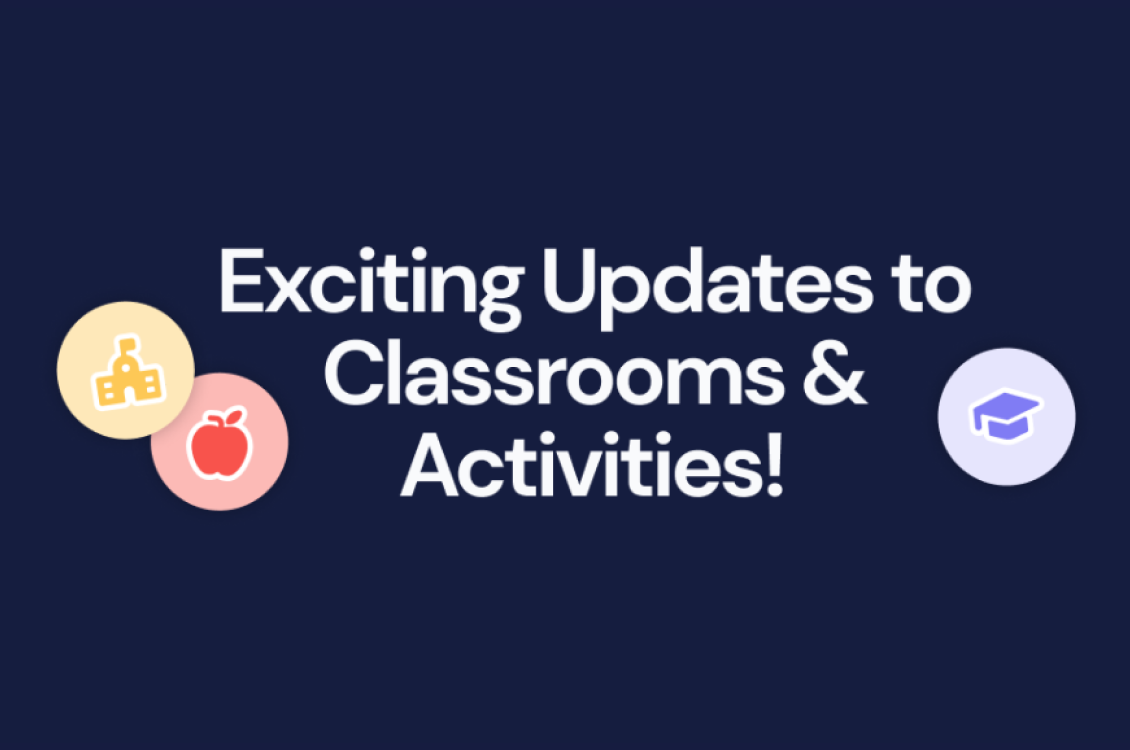In 2012 Code.org launched on a wave of what would become a nearly 10 year STEM revolution. Yes, there were STEM educators before STEM was even STEM and even after Code.org, we saw many companies and organizations push the movement forward to prepare students to fill those millions of jobs that would lie vacant in the years to come. My work in education has always focused on STEM and the opportunities to incorporate STEM focused skills and experiences in classroom learning beyond the math and science classrooms. Yet one element of the movement never quite took off in the way I had hoped it would, and that was the incorporation of the Arts transforming STEM into STEAM. As an artist and designer it’s difficult to see STEAM consider Art as a mere novelty. I have seen this country wide when visiting school STEM departments that showcase technical ability but largely ignore good design principles. This is why I am so passionate about web3 and this new Ressesaince we are in the midst of. Web3 puts art at the forefront of community membership, social identity, and driving a new appreciation and passion for art and design. So what does this have to do with education? Web3 is reimagining experiences across all sectors of industry, and for schools, it will be all about the art classroom, and how we fund it, showcase student work, and elevate our student artists.
What is web3
Before we dive into the web3 moment for our aspiring artists let’s bring some clarity to what exactly web3 is.
Web3 is an outgrowth of the first two generations of the internet. The first being web1 focused on consumption of content with sites such as Yahoo, AOL, and MSN bringing you a curation of the latest news and encyclopedic information. These websites were primarily informational in nature and brought the world a new method of accessing knowledge. Web2 brought us creation with the launch of platforms such as Facebook, Instagram, and Snapchat. These websites empowered users to create stories, personal brands, and even companies, a moment in internet history that truly felt like “for the people by the people”. As artists, musicians, dancers, actors, and comedians, these platforms grew the internet by leaps and bounds. As for Web3 its manifestation came not through platforms but rather digital experiences. Its growth in most cases has to do with the misuse of centralized power by internet companies and financial institutions. Web3, a community driven approach to the internet includes technology like blockchain, metaverse, cryptocurrency, and digital assets because these tools empower internet users to not just create and collaborate but to own the pieces of the internet that they bring into the world. The Web3 that you will read about today got most of its growth from late 2020 and early 2021. Web3 addresses much of the ownership and privacy issues that have plagued web2 companies for the past decade by bringing authentic community, control, and claim to internet users. This new tech capacity of blockchains and smart contracts has ushered in a wave of projects using NFT art and technology to foster and fund the next generation of internet startups. This is why now, regardless of the mainstream success of Crypto and NFTs, is the time to position our K12 artists to be part of this next internet revolution.
Web3 puts art in the spotlight with artists such as 13 year old Nyla Hayes appearing on the front page of TIME Magazine with her Long Neckies art series, an accomplishment that most artists could not achieve let alone at such a young age in an industry run by galleries and collectors who define who gets to be an artist and what gets to be art. So how can we prepare artists and those students interested in supporting arts and technology?
Trusted Mentors
If web2 was about digital citizenship then web3 is about digital mentorship. We as educators can no longer expect our students to master the internet without our expertise and guidance. In web2 we told them what to post and what not to but in web3 we need them to understand how to safely navigate metaverse environments, token gated websites, and the management of digital assets. In the words of 0xFoobar, one of the leading web3 developers, we are living with a future internet with a user interface from the 1980’s and those who are not familiar with the tech are instantly put at a disadvantage. The challenge is that learning web3 is a daunting task with so many facets that it is sometimes hard to even know where to start. At the Ed3 DAO we have tasked ourselves with developing web3 courses for educators by educators which provides web3 curious educators with the content and community to become web3 certified in blockchain, metaverse, smart contracts, and decentralized finance.
Redefining Artist
What is art? Is it exclusive to creations with oil and canvas? Duchamp broke that stereotype and AI is about to break it even more. Systems like Dall-E in creating a digital portrait for a string of words that might just put the average illustrator out of business. However we define art and artist, web3 is redefining the artistic process through medium, access, and geography. This new digital frontier creates new opportunities for artists because it removes many physical barriers to creation while focusing on what art has historically been about, which is communicating ideas and expressing them in an experiential way that resonates with others.
Building Community Around Art
Before web3 artists and collectors were not necessarily connected. One of the key aspects of web3 is the focus on community. You might follow a living artist on social media but it is hard to be part of their artistic journey aside from attending gallery showings. Web3 evolves the relationship allowing community members to support and connect with artists in a more generative experience that also connects the supports of the artist together. This can activate a new level of artist empowerment and opportunity.
So what’s next? The web3 iteration of the internet is a catalyst for incredible opportunities. No one fathomed Facebook in 1999 or ChatGPT in 2022. Technology has the power to manifest incredible possibilities and it is up to us as educators to help our students make sense of the work and what every changing and ever evolving technology can do to positively impact the world and contribute good to society. Web3 is a great opportunity for teachers to be the trusted mentors of this new technology, especially aspiring artists. With the use of blockchain, metaverse, cryptocurrency, and digital assets web3 is empowering anyone and everyone to democratize access and opportunities and by bringing this technology into the classroom students can experiment, explore, and experience web3 in a safe and secure learning sandbox to prepare themselves for the real world.


%20(1).png)

